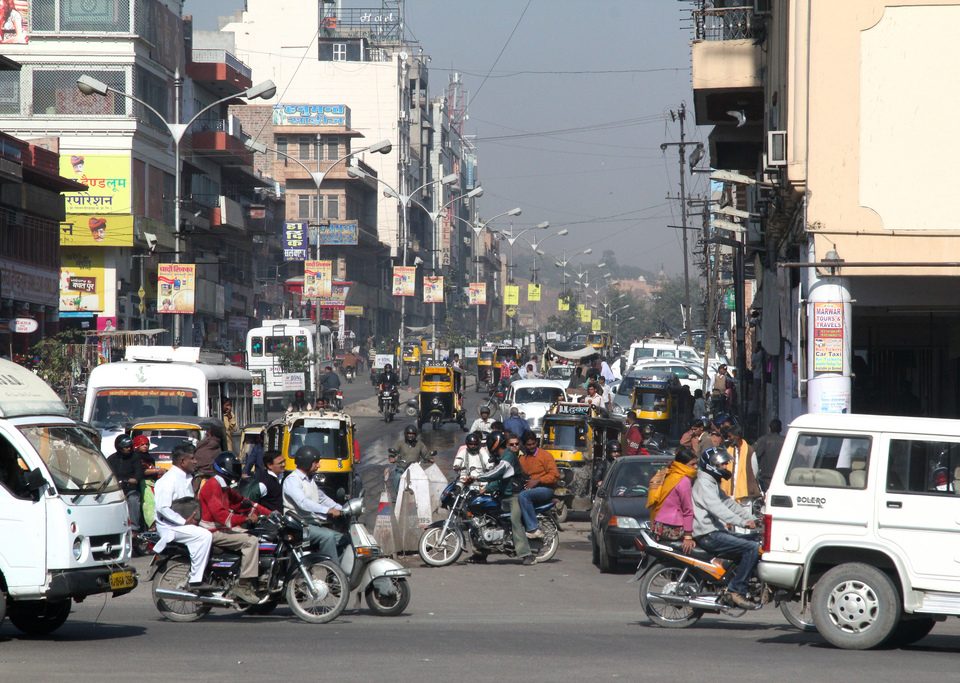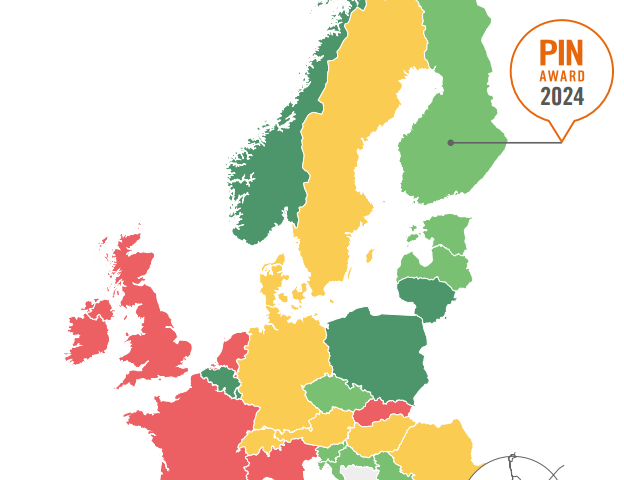
Despite notable progress, WHO says road safety remains urgent global issue
The annual number of road traffic deaths has fallen slightly to 1.19 million per year, according to the latest WHO report. Yet with more than two deaths occurring per minute and over 3200 per day, road traffic crashes remain the leading killer of children and youth aged 5–29 years.
The latest WHO global status report on road safety 2023 shows that, since 2010, road traffic deaths have fallen by 5% to 1.19 million annually. Yet, road crashes remain a persistent global health crisis, with pedestrians, cyclists and other vulnerable road users facing an acute and rising risk of death.
“The tragic tally of road crash deaths is heading in the right direction, downwards, but nowhere near fast enough,” says WHO Director-General, Dr Tedros Adhanom Ghebreyesus. “The carnage on our roads is preventable. We call on all countries to put people rather than cars at the centre of their transport systems, and ensuring the safety of pedestrians, cyclists and other vulnerable road users.”
Among UN Member States, 108 countries reported a drop in road traffic-related deaths between 2010 and 2021. Ten countries succeeded in reducing road traffic deaths by over 50%: Belarus, Brunei Darussalam, Denmark, Japan, Lithuania, Norway, Russian Federation, Trinidad and Tobago, United Arab Emirates and Venezuela. Thirty-five more countries made notable progress, reducing deaths by 30% to 50%.
Global burden and vulnerable users
The report shows that 28% of global road traffic deaths occurred in the WHO South-East Asia Region, 25% in the Western Pacific Region, 19% in the African Region, 12% in the Region of the Americas, 11% in the Eastern Mediterranean Region and 5% in the European Region.
Nine in 10 deaths occur in low- and middle-income countries, and fatalities in these countries are disproportionately higher when set against the number of vehicles and roads they have. The risk of death is three times higher in low-income than high-income countries, yet low-income countries have just 1% of the world’s motor vehicles.
Fifty-three per cent of all road traffic fatalities are vulnerable road users including: pedestrians (23%); riders of powered two- and three-wheelers such as motorcycles (21%); cyclists (6%); and users of micro-mobility devices such as e-scooters (3%). Deaths among car and other 4-wheeled light vehicle occupants fell slightly to 30% of global fatalities.
Pedestrian deaths rose 3% to 274 000 between 2010 and 2021, accounting for 23% of global fatalities. Deaths among cyclists rose by nearly 20% to 71 000, accounting for 6% of global deaths. Meanwhile, research indicates that 80% of the world’s roads fail to meet pedestrian safety standards and just 0.2% have cycle lanes, leaving these road users dangerously exposed. And while 9 in 10 people surveyed identify as pedestrians, just a quarter of countries have policies to promote walking, cycling and public transport.
Call for better standards and policies
The report reveals an alarming lack of progress in advancing laws and safety standards. Just six countries have laws that meet WHO best practice for all risk factors (speeding, drink–driving, and use of motorcycle helmets, seatbelts and child restraints) while 140 countries (two-thirds of UN Member States) have such laws for at least one of these risk factors. Of note, 23 of these countries modified their laws to meet WHO best practice since the Global status report on road safety 2018.
The global motor-vehicle fleet is set to double by 2030. Yet just 35 countries – less than a fifth of UN Member States – legislate on all key vehicle safety features (e.g. advanced braking systems, front- and side-impact protection, etc). The report also reveals major gaps in ensuring safe road infrastructure, with just 51 countries – a quarter of UN Member States – having laws that require safety inspections that cover all road users.








